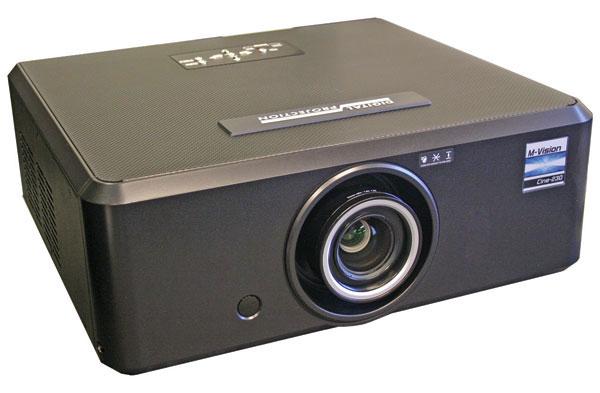LATEST ADDITIONS
|
Mar 25, 2011 |
10 comments
In my continuing quest to learn about the audio/video systems our readers have in their homes, I now turn my attention to the A/V electronics—specifically, the components that perform the preamp, source-switching, and power-amp duties. An A/V receiver or integrated amp combines all these functions in one unit, while many systems include a dedicated preamp/processor (pre/pro) and one or more separate power amps.
Last November, I asked if you prefer an A/V receiver or separate components, but now I'm asking which you actually use in your main system. Select the item below that most closely reflects your system, and then please leave a comment with the make(s) and model(s) of your A/V electronics and why you chose them.
Vote to see the results and leave a comment about your choice.




 A birthday weekend in Southern California goes off the tracks when sunrise arrives two hours early while a mysterious light source draws unsuspecting humans outdoors and are swept into massive alien ships that have appeared over the Los Angeles skyline.
A birthday weekend in Southern California goes off the tracks when sunrise arrives two hours early while a mysterious light source draws unsuspecting humans outdoors and are swept into massive alien ships that have appeared over the Los Angeles skyline.







